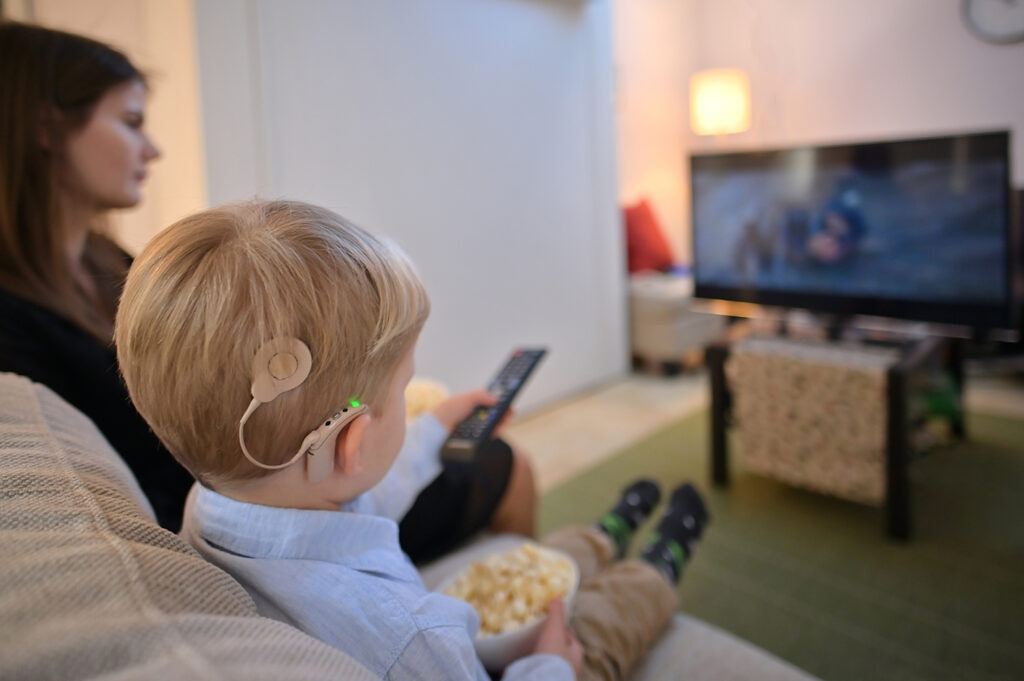Hearing ability improves significantly when children with microtia and atresia are treated with bone conduction devices, a study finds.

A Polish study has documented that bone conduction devices provide an effective method of auditory rehabilitation for children with conductive hearing loss or mixed hearing loss caused by microtia and atresia.
The aim of the study was to assess the effectiveness of bone conduction devices in children under 2-years-old who had congenital microtia and atresia.
The study found that after 6 months of use of bone conduction devices all participants improved their hearing thresholds (hearing ability) significantly and that the hearing thresholds approached a normal level.
Microtia and atresia
Atresia is the lack of development of the external ear canal. It is a birth condition and is often accompanied by abnormalities of both the middle ear bones as well as the external ear. Microtia is an abnormal growth or under-development of the external ear.
About the study
The study involved 42 children under 2-years-old with congenital microtia and atresia who were divided into 2 groups: 21 with unilateral hearing loss and 21 with bilateral hearing loss. All the children were provided with bone conduction devices. In the study, the children underwent tone burst auditory brainstem response measurements at 4 selected frequencies: 500, 1000, 2000 and 4000 Hz.
The study, “Effectiveness of Bone Conduction Hearing Aids in Young Children with Congenital Aural Atresia and Microtia”, was published in the journal Medical Science Monitor.
Sources: https://pubmed.ncbi.nlm.nih.gov/ and the journal Medical Science Monitor

